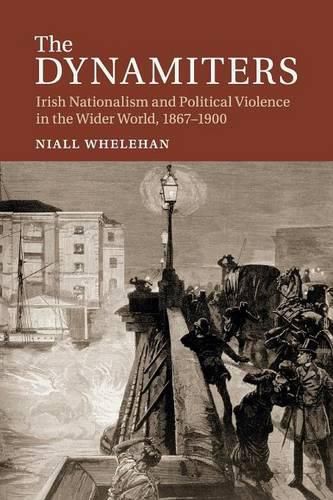Readings Newsletter
Become a Readings Member to make your shopping experience even easier.
Sign in or sign up for free!
You’re not far away from qualifying for FREE standard shipping within Australia
You’ve qualified for FREE standard shipping within Australia
The cart is loading…






In the 1880s a New York-based faction of militant Irish nationalists conducted the first urban bombing campaign in history, targeting symbolic public buildings in Britain with homemade bombs. This book investigates the people and ideas behind this spectacular new departure in revolutionary violence. Employing a transnational approach, the book reveals connections and parallels between the ‘dynamiters’ and other revolutionary groups active at the time and demonstrates how they interacted with currents in revolution, war and politics across Europe, the United States and the British Empire. Reconstructing the life stories of individual dynamiters and their conceptual and ethical views on violence, it offers an innovative picture of the dynamics of revolutionary organizations as well as the political, social and cultural factors which move people to support or condemn acts of political violence.
$9.00 standard shipping within Australia
FREE standard shipping within Australia for orders over $100.00
Express & International shipping calculated at checkout
In the 1880s a New York-based faction of militant Irish nationalists conducted the first urban bombing campaign in history, targeting symbolic public buildings in Britain with homemade bombs. This book investigates the people and ideas behind this spectacular new departure in revolutionary violence. Employing a transnational approach, the book reveals connections and parallels between the ‘dynamiters’ and other revolutionary groups active at the time and demonstrates how they interacted with currents in revolution, war and politics across Europe, the United States and the British Empire. Reconstructing the life stories of individual dynamiters and their conceptual and ethical views on violence, it offers an innovative picture of the dynamics of revolutionary organizations as well as the political, social and cultural factors which move people to support or condemn acts of political violence.